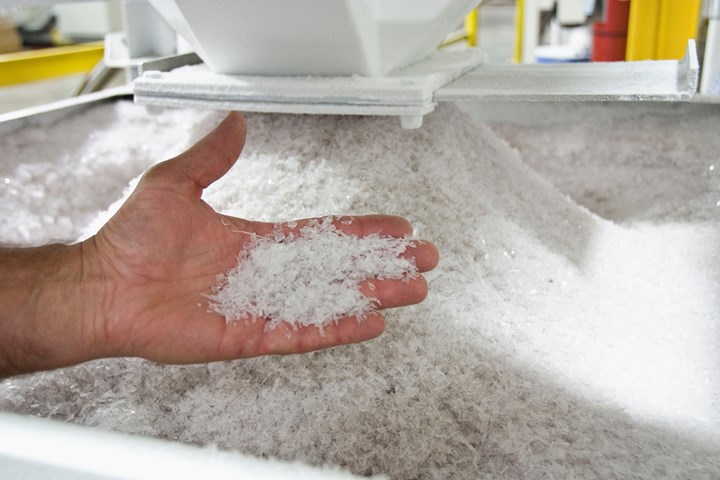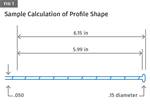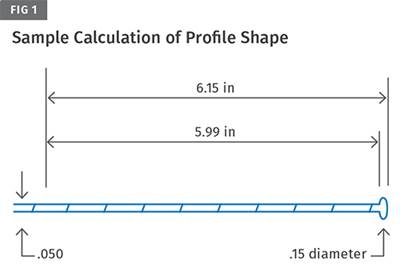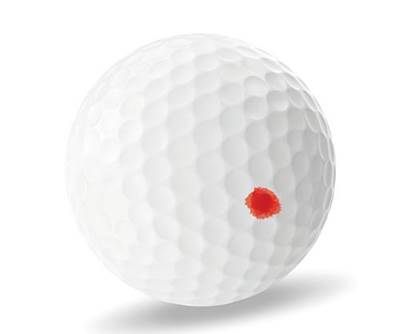General-Purpose Screws on the Comeback?
They are being specified more often for recycling applications to increase flexibility. But there is still no such thing as a GP screw and recyclers need to consider other processing approaches.
The “general-purpose (GP) screw” can trace its design back to the 1960s. The idea was to have one screw design capable of handling a range of polymers (except for rigid PVC). Back then, the number of polymers was limited compared with today and the competition for production efficiency was not as great. So the concept made some sense.

In reality, there’s no such thing as a truly “GP” screw, even for recycle extrusion.
With the development of more advanced extrusion screw-design technology and new types of polymers, this concept had largely disappeared. Most processors today understand the need to have specific screw designs for each polymer to maximize output and melt quality. Yet requests for GP screws are being made more frequently as a result of the rapid growth in recycling. The demand for clean post-consumer reclaim is strong, and obtaining a steady supply to support a business requires constantly searching for new sources—unless one has an in-house source. Often the recycler processes several basic kinds of polymers and changes several times a week on an extrusion line—hence the increase in requests for GP screws.
Still, there is no such thing as a “true” GP screw, due to the myriad individual polymer characteristics involved for efficient processing. In the design of a high-productivity screw, the following list reveals some but not all the data considered:
• Viscosity at various shear rates and temperatures;
• Glass-transition temperature;
• Specific heat and heat of fusion;
• Melting point and processing temperature;
• Solid, bulk and melt density;
• Feeding characteristics.
As an example, if we compare a sheet-grade HDPE regrind to a sheet-grade PET regrind at equal volume of output (in.³/sec), they require about the same energy input to reach a typical processing temperature. However, the typical viscosity for the HDPE in the screw will be almost double that of the PET. Keep in mind that the bulk of the energy input is done by shear stress in the polymer from the rotating screw—not from barrel heating. At equal screw speed, the resultant energy input is then largely proportional to the polymer viscosity.
As a result, the HDPE will absorb 50% more heat from viscous dissipation than the PET as it passes through the screw. If the screw was an ideal design for the PET, the HDPE would be well under its ideal melt temperature and only partially melted. If it was an ideal design for HDPE the PET would be overheated and possibly degraded.
Adjustments could be made to the operating conditions to try to better balance the energy input by building head pressure or reducing the screw speed. But both of these adjustments reduce output—an undesirable outcome. In addition to the energy input, the differences in feeding and melting rate could lead to plugging and surging because of the differences in the two polymers’ viscosity and frictional characteristics.
A Better Way
A better solution is to run the same type of polymer on an extruder for as long as possible. In most cases, pretty broad differences in melt flow or melt index can be run on one screw effectively as long as it’s the same basic polymer. If changeover between polymers is required for the recycle mix, the extruder should be set up with the items that minimize the time to change screws. Such items are a screw pusher, lifting equipment, quick-disconnect adapter/die, and easily movable downstream equipment such as the pelletizer so there is space to easily remove the screw. Even though many may look at that as time lost, the improvement in processing rate and melt quality can easily make up the difference
Barrier screws tend to be less flexible on a variety of polymer types of recycle than conventional single-flighted screws, because their basic concept is to be designed for a specific melting rate and energy input. Conventional single-flighted screws generally have a wider operating window, but it is still limited. A simple test is to run the types of recycle common to your business and compare the outputs. One type will always run at higher outputs, so simply compare the change in output to the time to change screws. When the proper equipment is available, screw changes can be kept to 1-2 hr, depending on the size of the extruder.
Don’t forget about the purging time when trying to run different polymers on the same screw. The combination of the lost time and wasted polymer alone can equal the cost to change screws.
About the Author: Jim Frankland is a mechanical engineer who has been involved in all types of extrusion processing for more than 40 years. He is now president of Frankland Plastics Consulting, LLC. Contact jim.frankland@comcast.net or (724) 651-9196.
Related Content
Foam-Core Multilayer Blow Molding: How It’s Done
Learn here how to take advantage of new lightweighting and recycle utilization opportunities in consumer packaging, thanks to a collaboration of leaders in microcellular foaming and multilayer head design.
Read MoreHow to Optimize Injection Molding of PHA and PHA/PLA Blends
Here are processing guidelines aimed at both getting the PHA resin into the process without degrading it, and reducing residence time at melt temperatures.
Read MoreNPE2024 Wrap-Up: Sustainability Dominates Show Floor News
Across all process types, sustainability was a big theme at NPE2024. But there was plenty to see in automation and artificial intelligence as well.
Read MoreMultilayer Solutions to Challenges in Blow Molding with PCR
For extrusion blow molders, challenges of price and availability of postconsumer recycled resins can be addressed with a variety of multilayer technologies, which also offer solutions to issues with color, processability, mechanical properties and chemical migration in PCR materials.
Read MoreRead Next
EXTRUSION: About Your ‘General-Purpose’ Dies
There is no such thing. While dies can be adjusted to provide some flexibility, the fact is they are optimized for one specific output of one particular polymer.
Read MoreEXTRUSION: Finding the Sweet Spot in Screw Design
The compression ratio of a screw does not provide enough detail on how it will perform. Screw design is a balancing act that takes many variables into account.
Read More
.jpg;width=70;height=70;mode=crop)



















